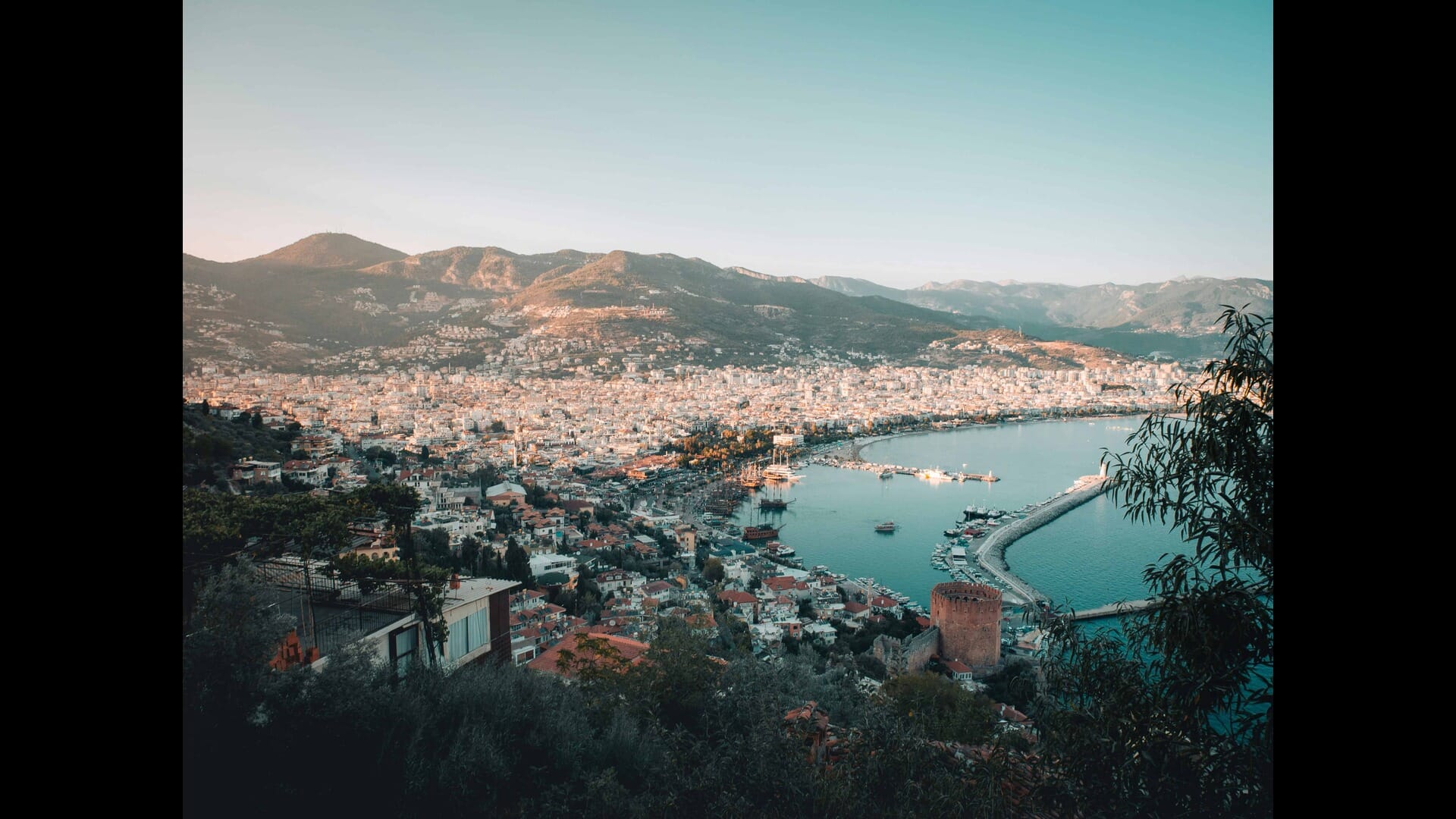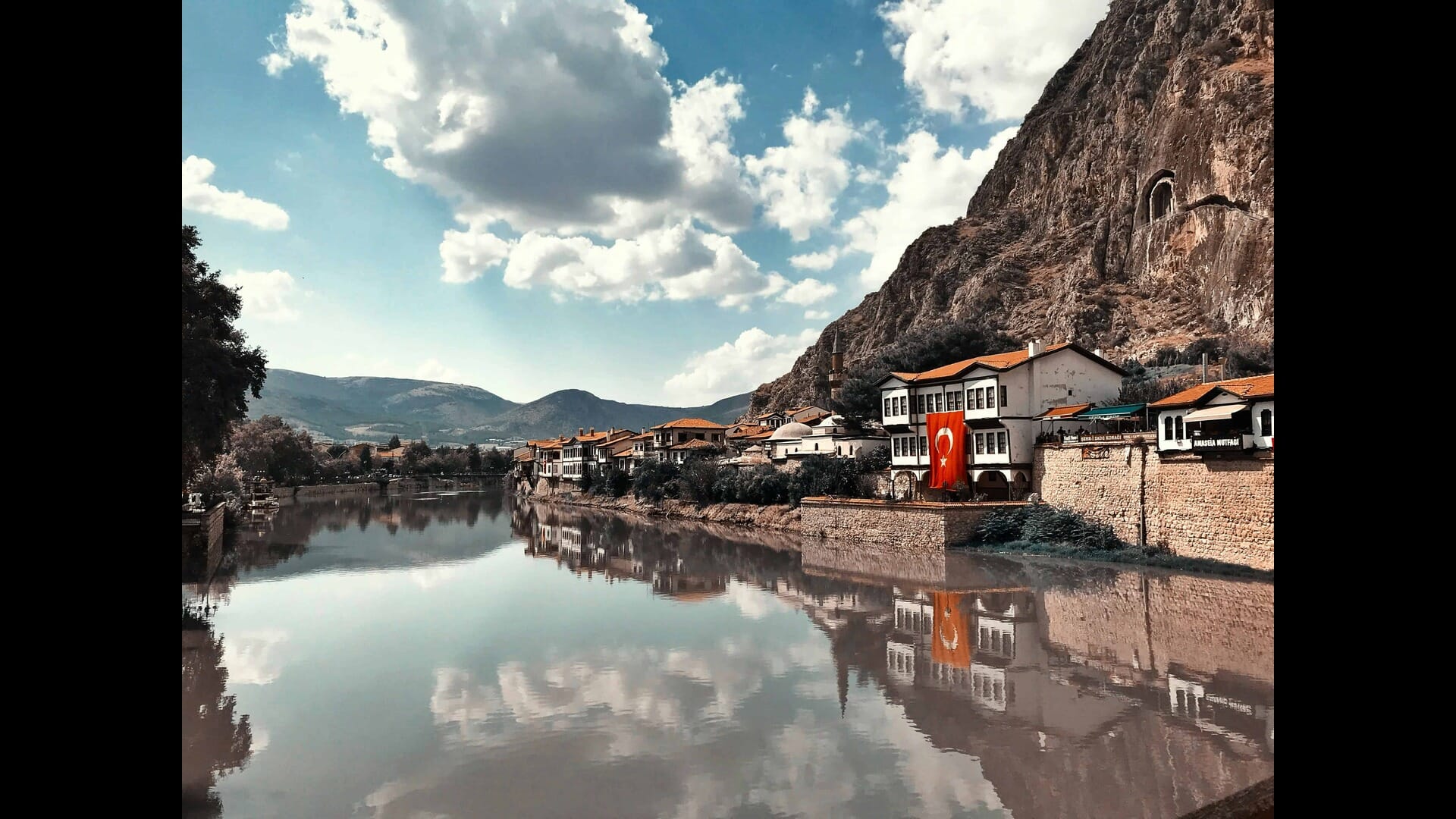
Discovering the Ancient City of Laodicea: A Journey Through Time
By Glooob • Published in Turkey • September 26, 2024
Discovering the Ancient City of Laodicea: A Journey Through Time
Laodicea, an ancient city nestled in the heart of modern-day Turkey, is a treasure trove of history and culture waiting to be explored. Known for its remarkable ruins, rich history, and unique blend of Roman and Hellenistic influences, Laodicea offers visitors a chance to step back in time and experience the grandeur of the ancient world.



In this comprehensive travel guide, we will delve deep into the wonders of Laodicea, exploring its historical significance, architectural marvels, and practical tips for visiting this fascinating site.
The Historical Significance of Laodicea
Laodicea was founded in the 3rd century BC by the Seleucid king Antiochus II, who named the city after his wife, Laodice. The city quickly flourished due to its strategic location along major trade routes, connecting the Aegean Sea to the interior of Anatolia. This prime position allowed Laodicea to become a bustling center of commerce, culture, and religion.
The city was known for its wealth, particularly in the textile industry, and was famous for producing high-quality wool and garments. Laodicea was also a significant center for early Christianity, mentioned in the Book of Revelation as one of the seven churches of Asia. This rich historical tapestry makes Laodicea a must-visit destination for history enthusiasts and curious travelers alike.
Getting to Laodicea: Travel Tips and Transportation
How to Reach Laodicea from Major Cities
Laodicea is located near the modern city of Denizli, making it easily accessible from various parts of Turkey. The nearest airport is Denizli Cardak Airport, which offers domestic flights from major cities like Istanbul and Ankara. From the airport, visitors can rent a car or take a taxi to reach the ancient site, which is approximately 60 kilometers away.
Alternatively, travelers can reach Laodicea by bus from cities like Pamukkale, which is famous for its stunning travertine terraces. Buses run frequently, and the journey takes about an hour. Once in Pamukkale, visitors can easily find transportation options to Laodicea.
Local Transportation Options
Upon arriving at Laodicea, visitors can explore the archaeological site on foot. The ruins are spread out over a large area, so comfortable walking shoes are recommended. Guided tours are also available, providing insights into the history and significance of the various structures.
Exploring the Ruins of Laodicea: Key Attractions
The Theater of Laodicea: A Marvel of Ancient Engineering
One of the most impressive structures in Laodicea is its ancient theater, which could accommodate up to 10,000 spectators. Built into the hillside, the theater showcases the architectural prowess of the Romans, featuring a semi-circular seating arrangement that provided excellent acoustics for performances.
Visitors can imagine the vibrant atmosphere of ancient plays and gatherings as they walk through the well-preserved ruins. The theater is a testament to the cultural life of Laodicea and serves as a reminder of the city's importance in the ancient world.
The Temple of Apollo: A Glimpse into Ancient Worship
The Temple of Apollo, dedicated to the god of music, poetry, and prophecy, is another significant site within Laodicea. Although much of the temple is in ruins, the remaining columns and foundations give visitors a sense of the grandeur that once characterized this sacred space.
Archaeological excavations have revealed various artifacts, including inscriptions and sculptures, that provide insights into the religious practices of the time. The temple's location, overlooking the city, adds to its allure, making it a perfect spot for photography and reflection.
The Agora: The Heart of Civic Life
The Agora of Laodicea served as the city's marketplace and social hub. This bustling area was filled with shops, stalls, and public buildings, where citizens gathered to trade goods and engage in discussions about politics and philosophy.
Visitors can explore the remains of the Agora, which include colonnaded streets and various structures that once housed merchants and artisans. The atmosphere of the Agora allows travelers to envision the daily lives of the ancient inhabitants, making it a fascinating stop on any tour of Laodicea.
The Bath Complex: A Testament to Roman Luxury
The Bath Complex in Laodicea is a remarkable example of Roman engineering and luxury. This extensive facility included hot and cold baths, exercise areas, and social spaces, reflecting the importance of bathing culture in Roman society.
As visitors wander through the ruins, they can admire the intricate mosaics and architectural details that showcase the opulence of the time. The Bath Complex provides a unique glimpse into the social customs and daily life of the citizens of Laodicea.
The Architectural Wonders of Laodicea
The Basilica: A Symbol of Early Christianity
Laodicea is notable for its early Christian heritage, and the remains of a large basilica stand as a symbol of this significance. Built in the 5th century AD, the basilica was an important center for Christian worship and community gatherings.
The architectural style of the basilica reflects the transition from Roman to Byzantine influences, with its grand columns and intricate designs. Visitors can explore the ruins and appreciate the historical context of this sacred space, which played a vital role in the spread of Christianity in the region.
The Necropolis: A Journey into the Afterlife
The Necropolis of Laodicea, located just outside the city, is a fascinating site that offers insights into ancient burial practices. This extensive cemetery features a variety of tombs, including sarcophagi and burial chambers, showcasing the beliefs and customs surrounding death in the ancient world.
As visitors stroll through the Necropolis, they can observe the different architectural styles and inscriptions that adorn the tombs, providing a glimpse into the lives of those who once inhabited Laodicea. The Necropolis serves as a poignant reminder of the city's long and storied history.
The Natural Beauty Surrounding Laodicea
The Scenic Landscape of the Lycus Valley
Laodicea is situated in the picturesque Lycus Valley, surrounded by rolling hills and lush greenery. The natural beauty of the area enhances the experience of visiting the ancient city, providing a serene backdrop for exploration.
Hiking trails in the surrounding hills offer stunning views of the valley and the ruins of Laodicea. Nature enthusiasts will appreciate the diverse flora and fauna, making it an ideal destination for outdoor activities and photography.
Pamukkale: A Nearby Natural Wonder
Just a short drive from Laodicea lies Pamukkale, a UNESCO World Heritage Site famous for its stunning travertine terraces. These natural formations, created by mineral-rich thermal waters, create a breathtaking landscape that attracts visitors from around the world.
A visit to Pamukkale can easily be combined with a trip to Laodicea, allowing travelers to experience both the ancient and natural wonders of the region. The contrast between the ancient ruins and the natural beauty of Pamukkale creates a unique travel experience.
Practical Tips for Visiting Laodicea
Best Time to Visit Laodicea
The best time to visit Laodicea is during the spring (April to June) and fall (September to November) when the weather is mild and pleasant. Summers can be hot, with temperatures soaring above 30°C (86°F), making exploration less enjoyable. Visiting during the shoulder seasons allows travelers to avoid large crowds and fully appreciate the site's beauty.
What to Bring for Your Visit
When planning a trip to Laodicea, it’s essential to pack appropriately. Comfortable walking shoes are a must, as the site requires a fair amount of walking. Sunscreen, hats, and water bottles are also recommended, especially during warmer months. A camera is essential for capturing the stunning architecture and natural beauty surrounding the ancient city.
Guided Tours vs. Self-Guided Exploration
Visitors can choose between guided tours and self-guided exploration when visiting Laodicea. Guided tours often provide valuable insights and historical context, enhancing the overall experience. However, self-guided exploration allows for a more personal and flexible visit. Whichever option travelers choose, Laodicea promises an unforgettable journey through time.
Conclusion: The Timeless Allure of Laodicea
Laodicea is more than just an ancient city; it is a testament to the resilience of human history and culture. From its remarkable ruins to its breathtaking natural surroundings, Laodicea offers a unique opportunity to connect with the past and appreciate the beauty of the ancient world.
Whether you are a history buff, an architecture enthusiast, or simply a curious traveler, Laodicea has something to offer everyone. As you walk through the ruins and imagine the lives of those who once inhabited this vibrant city, you will undoubtedly feel the timeless allure of Laodicea—a place where history comes alive.
So pack your bags, grab your camera, and embark on an unforgettable journey to discover the ancient city of Laodicea. Your adventure awaits!